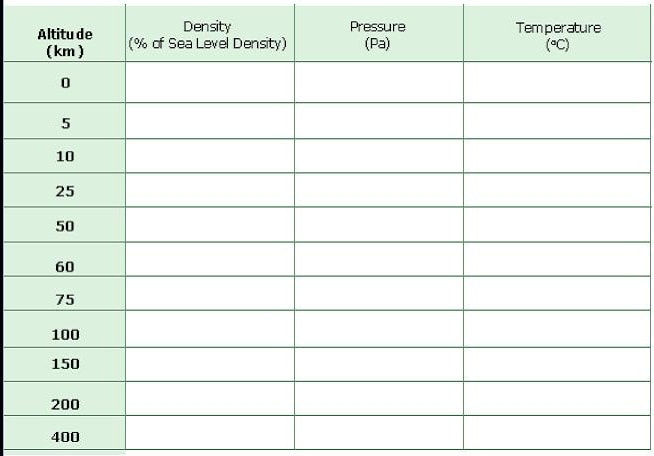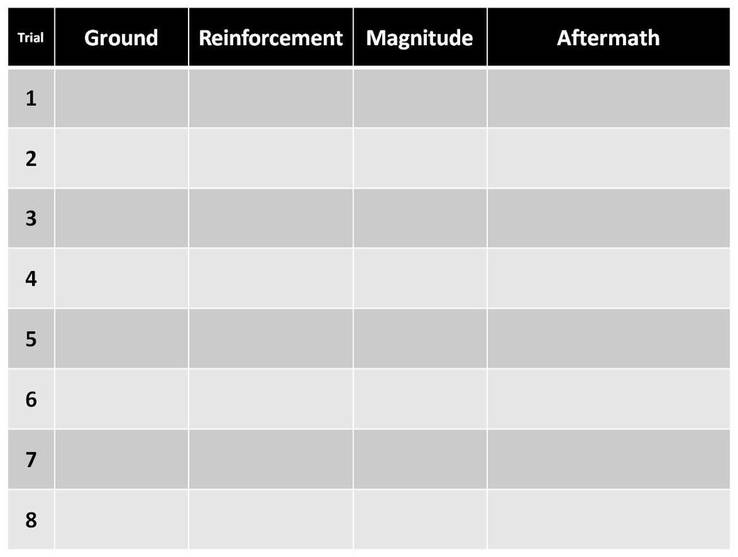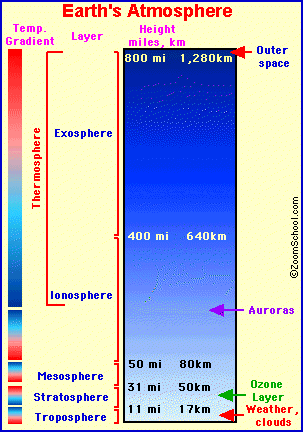A Beautiful WorldBiosphere, Atmosphere, Hydrosphere, Geosphere
Earth Unit Assessment 1st Hour Quiz 2nd Hour Quiz 5th Hour Quiz After test please complete the Solar System virtual laboratory and questions (click here). Earth's Atmosphere - Virtual Lab
Use the link below to complete the Atmospheric Virtual Lab. Please complete the chart AND Journal Questions found on the lab. Virtual Lab Here
|
|
Use the link below to investigate earthquakes; complete at least 8 trials using as many different variables as possible.
Earthquake Investigation Here Complete a table with each variable as follows: After selecting/writing the category for each trial take a moment and summarize the 'Aftermath' category. Earthquake Investigation Questions - Complete sentences please 1. Was there a structure that was able to withstand the Superquake category? 2. Which category of Reinforcement is most effective? Why do you believe this to be the case? 3. What problem continually occurs during earthquakes in coastal zones? |



